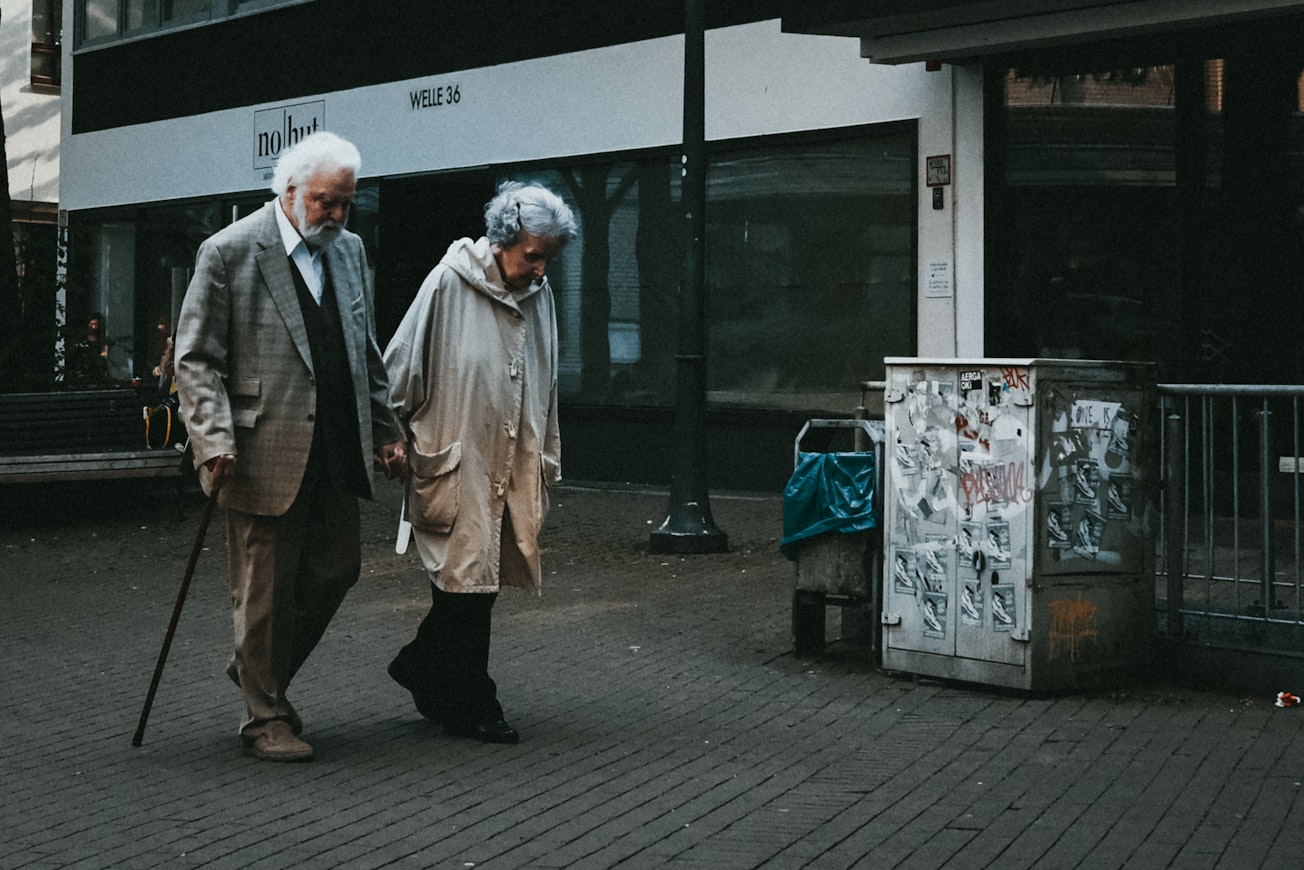What is it about?
Older adults rank in the most at-risk segment of the population because the basal functional resilience, meant as the ability to cope with physical trauma and psychological stressors, is fading. Aging is physiologically associated with cognitive decline and impaired stress response, with spinal circuitry degeneration leading to progressive alterations of motor performance. This reduced resilience and cognitive impairment intimately coexist in the rampant -definitely endemics- frailty syndrome, which is known to be associated with disability, traumatic falls, and hospital admission
Featured Image

Photo by bennett tobias on Unsplash
Why is it important?
It is not surprising that when the new strain coronavirus SARS-CoV-2 (Severe Acute Respiratory Syndrome-Coronavirus of 2019) spilled out to infect humans found not only fertile ground -a population of old people- but also countries ready to choose treating people with more life expectancy.
Perspectives
Under normal circumstances, the older adults must deal with a diminished functional ability and progressive establishment of geriatric fragility. If a healthy status is present, recovery from any trauma is discreet even if it is not associated with full pre-trauma functionality. Although restrictive measures were necessary for public health during the pandemic, they have exposed older individuals to confinement that has worsened their physical and mental health. Upon easing of the lockdown, the older person will suffer a disability debt, which will make him highly vulnerable to the risk of falling. Orthopedic hospitals that recorded a halving of traumatic admissions could contrariwise encounter a surge in accesses for traumas amid lockdown easing.
Dr. M. Briguglio
IRCCS Ospedale Galeazzi - Sant'Ambrogio
Read the Original
This page is a summary of: Consequences for the Elderly After COVID-19 Isolation: FEaR (Frail Elderly amid Restrictions), Frontiers in Psychology, September 2020, Frontiers,
DOI: 10.3389/fpsyg.2020.565052.
You can read the full text:
Resources
Low-molecular-weight heparin in older adults with a fracture and infected with SARS-CoV-2
We here compared the survival in two consecutive series of patients, among them overlapping for clinical conditions and hospital path, which have undergone two different perioperative dosages of low-molecular-weight heparin for proximal femoral neck fracture in March-April 2020.
The link between malnutrition and SARS-CoV-2
In the current pandemic panorama of SARS-CoV-2, the link between nutrition and virulence takes a predictable turn.
Original study article
This is the paper that reported the original published article.
Contributors
The following have contributed to this page










